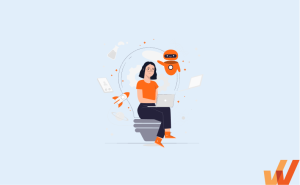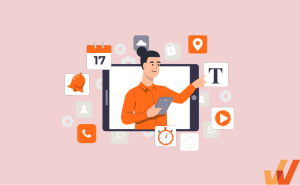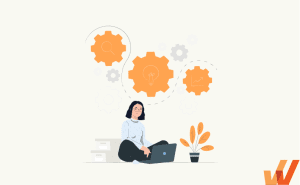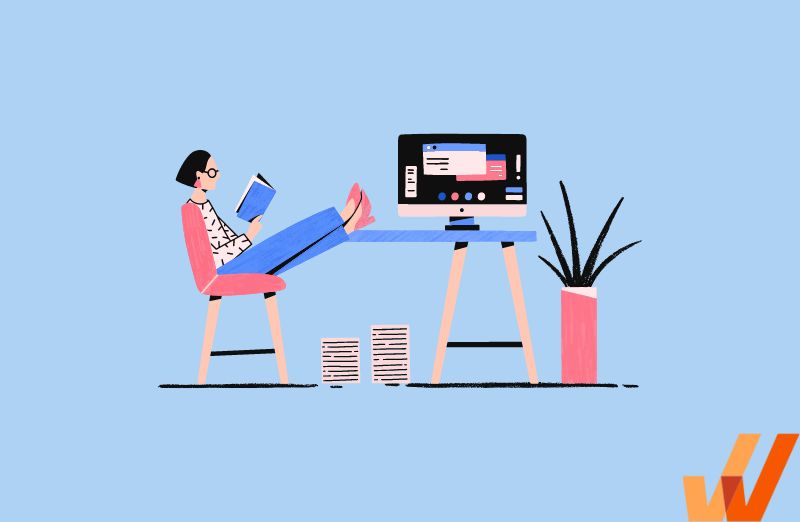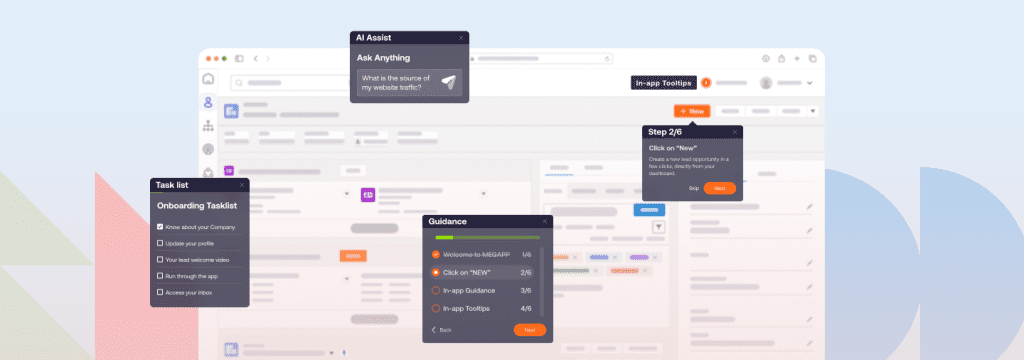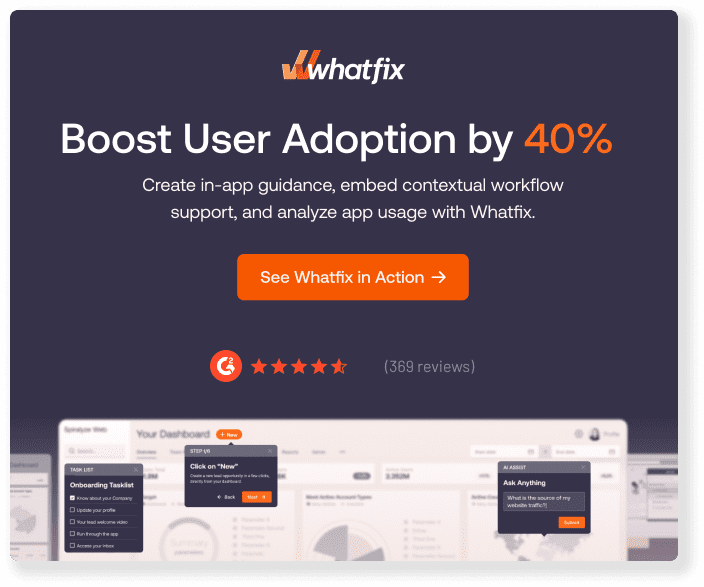As workplace technology evolves, L&D teams must go beyond traditional course-based models to deliver training that’s flexible, scalable, and tied to business outcomes.
Yet many organizations stall after adopting an LMS. According to LinkedIn Learning’s 2025 Workplace Learning Report, 49% of L&D leaders say executives are concerned employees lack the skills to meet business goals.
That concern is well-founded. Business transformation efforts, whether operational, technological, or cultural, depend on employees’ ability to adapt. And that makes L&D not just a support function, but a strategic driver of transformation.
To close the skill gap and unlock true business value, companies must embrace L&D transformation by creating personalized, in-the-moment learning experiences that power both employee growth and enterprise agility.
This playbook explores what L&D transformation looks like today, how to build a winning strategy, and how digital adoption platforms like Whatfix help drive ROI from modern learning.
Key Challenges Blocking L&D Transformation
L&D transformation is more than updating your tech stack, it’s a shift in how learning supports business strategy. But many initiatives stall due to a few persistent obstacles:
- Lack of business alignment: Too often, L&D teams invest in new tools without a clear link to strategic objectives. Without tying training outcomes to business goals like performance, retention, or change readiness, it’s hard to demonstrate value or secure long-term executive buy-in.
- Outdated delivery models: Many organizations still rely on passive, one-size-fits-all training. These models don’t reflect how people learn today. They lack personalization, don’t support just-in-time enablement, and often fail to drive real learning retention or behavior change.
- Fragmented tech ecosystems: L&D leaders often juggle multiple LMSs, HR systems, and content tools across departments and geographies. This siloed infrastructure prevents consistent, real-time learning experiences and makes it hard to support users at scale.
- Inability to scale personalized learning: Standardized training content may check compliance boxes, but it rarely resonates with learners. Without dynamic, role-based personalization, employees disengage, especially in remote or hybrid work settings.
- Limited insight into learning effectiveness: Traditional LMS analytics provide surface-level metrics like course completion or quiz scores. But they don’t tell you whether learners can apply skills on the job or where friction is occurring. Without deeper insights, it’s difficult to improve outcomes or prove ROI.
What L&D Transformation Looks Like in 2025
As workplace technologies evolve and AI becomes embedded across business systems, L&D teams are reimagining how learning happens. The modern learner demands contextual, continuous support and L&D must deliver training that’s fast, flexible, and measurable.
Here’s what L&D transformation looks like today:
- Learning is embedded, not scheduled: Traditional, one-off training sessions are being replaced by real-time, contextual learning embedded directly into digital workflows. Learning happens inside the applications employees use every day and not outside of them. Guidance is triggered by behavior, delivered in small, relevant bursts, and designed to support productivity in the moment of need.
- Learner experience comes first: L&D teams are moving beyond course catalogs to embrace learner experience design (LxD). This means building training journeys that are personalized, intuitive, and engaging alongwith agile content creation, role-based flows, and fast iteration that aligns with how employees actually learn.
- Success is measured by outcomes, not completions: Modern L&D isn’t just about tracking course completion rates. Teams now measure training effectiveness with business-aligned metrics like task proficiency, time-to-productivity, support ticket reduction, and sales ramp time. This shift helps L&D prove its strategic value and tie learning to performance outcomes.
- Learning is agile and iterative: Static annual training cycles are no longer enough. L&D teams now operate in agile sprints, iterating content based on real-time feedback, usage data, and business needs. This allows for continuous improvement and keeps learning relevant in fast-changing environments.
- Support is self-serve and scalable: Employees want to learn on their own terms. With AI-powered knowledge bases, Tier-0 support, and embedded guidance, organizations now provide scalable, on-demand help across systems, reducing support burden while improving learner autonomy.
- AI powers personalization at scale: AI is now essential to delivering personalized learning at scale. By analyzing role, behavior, and performance data, tools like digital adoption platforms (DAPs) help L&D teams automatically adapt learning journeys, recommend content, and surface insights to optimize program design.
The Playbook: How to Lead L&D Transformation
Driving L&D transformation requires more than new tools or content. It calls for a structured, learner-first strategy aligned with business outcomes. Even experienced L&D teams need a clear roadmap to overcome silos, scale learning, and deliver measurable impact. Here’s how to build a modern L&D transformation strategy that lasts:
Redefine Success Metrics
Start by updating how your team defines success. Move beyond tracking course completions and seat time and measure what really matters:
- Time to productivity
- Workflow proficiency
- Knowledge retention
- Business KPIs (e.g., sales ramp, support ticket deflection, compliance adherence)
These outcome-based metrics ensure your training strategy stays aligned with enterprise goals.
Establish a Learner-Centered Strategy
Effective L&D transformation puts the learner at the center. Segment users by role, location, or application complexity and design journeys tailored to their needs.
Choose tools with robust analytics and AI-powered personalization to adapt learning content dynamically, removing friction and increasing engagement.
Break Silos Through Cross-Functional Collaboration
L&D cannot work in isolation. To build relevant and accurate training experiences, partner closely with:
- Product and IT teams for accurate workflows
- HR and Ops for role segmentation and context
- SMEs across departments for updated, real-world inputs
Map training journeys to actual workflows to ensure employees not only learn, but apply knowledge where it matters most.
Invest in Scalable, Agile Infrastructure
Standalone LMS tools are no longer sufficient for modern L&D needs. Invest in more agile training technology that empowers in-app learning and real-time enablement for better learning outcomes.
Applications like digital adoption platforms offer in-app guidance, AI-driven personalization, and microlearning that can be adapted easily as a company’s training needs change and grow.
Embed Learning Into Daily Workflows
Training is most effective when delivered in the flow of work. With Whatfix digital adoption platform, employees receive timely, relevant guidance right inside their CRM, HCM, or ERP tools.
For example, an HR business partner using Workday can get step-by-step help filling out performance forms, without ever leaving the task. This reduces friction, drives adoption, and accelerates time to proficiency.
Foster a Culture of Continuous Optimization
L&D transformation is never complete. Use analytics to track adoption, identify content gaps, and monitor engagement.
Build feedback loops using:
- In-app surveys
- Self Help search trends
- Flow exits and drop-off analysis
- NPS and learner satisfaction
Treat training content like a product: launch, test, learn, and iterate.
How Digital Adoption Platforms Enable L&D Transformation
L&D transformation is more than digitizing courses. It’s about enabling employees to learn continuously, independently, and in the flow of work.
A Digital Adoption Platform (DAP) like Whatfix empowers L&D teams to deliver agile, contextual learning experiences across your digital workplace reducing training costs, accelerating time-to-proficiency, and proving ROI. Here’s how:
Deliver In-App, Real-Time Learning
Traditional training pulls employees away from their work. Whatfix brings learning to where the work happens. With Whatfix, you can embed training into applications like Workday, Salesforce, or SAP through:
- Step-by-step walkthroughs that guide users in real time
- Smart Tips that surface helpful nudges as employees engage with tasks
- Task lists that onboard users across workflows in a structured, intuitive way
No context switching. No LMS tab-hopping. Just timely, in-the-moment enablement.
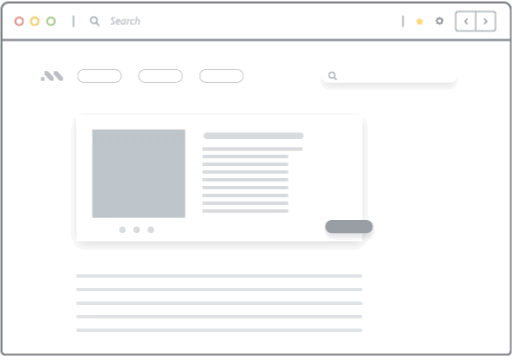
Provide Hands-On, Simulated Training With Whatfix Mirror
Employees retain more when they learn by doing, but live systems carry risks.
Whatfix Mirror enables L&D teams to create risk-free sandbox environments that replicate real applications. These simulated environments allow users to:
- Practice critical workflows without compromising production data
- Build muscle memory before go-live
- Reduce training-related errors
Whether you’re onboarding new hires or preparing for a major software rollout, Mirror empowers experiential learning at scale.

Enable Always-On Performance Support
Learning doesn’t stop after onboarding. With Whatfix’s Self Help, employees can access contextual answers anytime, without leaving the app.
- Integrate existing documentation, knowledge bases, LMS content, and SOPs
- Use AI-powered search to serve the right content, fast
- Reduce dependence on IT and training teams for repetitive queries
This Tier-0 support model helps teams stay productive, reduces support tickets, and builds learner confidence.

Personalize Learning Paths by Role and Context
Every learner is different. Whatfix allows L&D teams to design dynamic, role-based experiences that adapt to user behavior.
- Surface onboarding flows based on role, region, or seniority
- Trigger tooltips and support content aligned with specific tasks
- Update and iterate learning content with no-code authoring tools
Whether you’re training sales reps in HubSpot or HRBPs in Workday, Whatfix ensures the right experience reaches the right learner every time.
Track the Metrics That Prove L&D ROI
L&D leaders need more than completion rates to show impact. Whatfix product analytics delivers deep insights into:
- User engagement and feature adoption
- Drop-off points in workflows or walkthroughs
- Self Help usage trends and search queries
- Time to productivity and task proficiency
With this data, you can refine your learning strategy, identify knowledge gaps, and tie training directly to business outcomes like retention, performance, and operational efficiency.
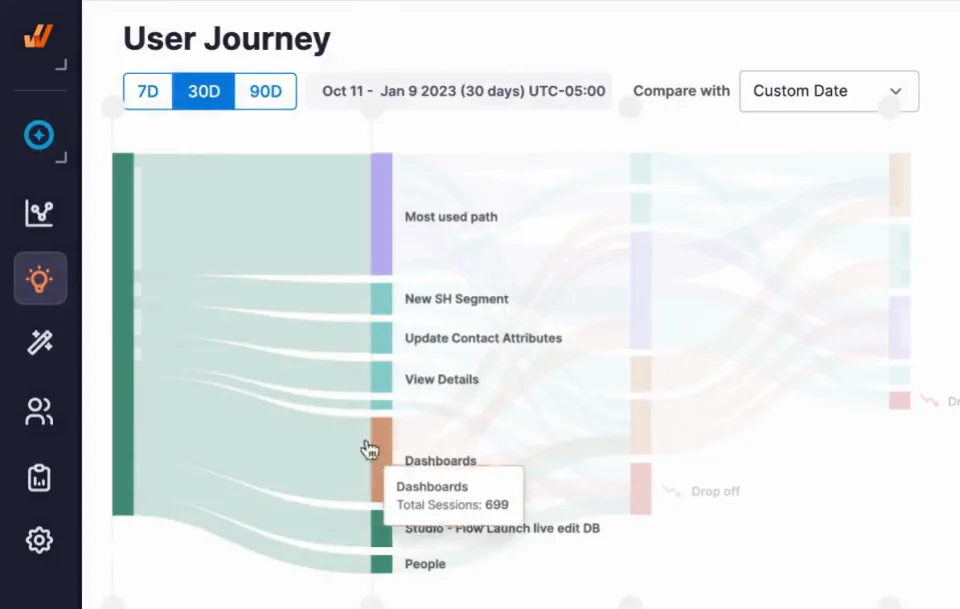
Real-World Impact: Success Stories From L&D Innovators
If you need more convincing, here are some case studies that demonstrate how a DAP like Whatfix facilitates L&D transformation across industries:
Experian Drives Salesforce Adoption Across Its Global Employee Base With Whatfix
Experian, a global consumer credit reporting and data analytics organization, teamed up with Whatfix to drive Salesforce adoption for its enterprise sales team. With on-demand guidance and just-in-time support, Whatfix helped Experian’s L&D teams develop personalized training experiences for its global team of sales users.
By the end of its first year with Whatfix, Experian reduced its training content creation costs by 48% and increased productivity by 72%.
Sophos Firewall Saved $390,000 With In-App Technical Guidance for Its Firewall Customers
Sophos, a leading cybersecurity company, used Whatfix as a tool for customer training. By embedding Whatfix into its XG firewall product, the company was able to guide customers through product adoption, improve customer experience, and drastically reduce the volume of incoming support tickets.
Sophos saves $390,000 annually through this reduced need for customer support.
REG uses Whatfix to reduce time-to-proficiency and support employees through learning
Renewal Energy Group, also known as REG, boosted its L&D transformation activities by using Whatfix to make training and simplify content management. With Whatfix, REG transformed training for its enterprise CRM and ERP with hands-on training and in-app guidance.
Ultimately, REG reduced application-support queries by 83% and reduced time-to-proficiency on widely-used applications by 50%.
Acorn Recruiting case study
This top UK-based recruiting agency used Whatfix to facilitate the adoption of its Bullhorn ATS as it scaled recruitment operations. Acorn integrated Whatfix DAP into its onboarding activities to support recruiters in the flow of work with in-app Task Lists, Self Help, and guided Flows.
In the first two weeks, reduced onboarding time for new users by 80%, with 84% user retention.
L&D Transformation Clicks Better With Whatfix
To drive impactful L&D transformation, you need more than an LMS, you need in-the-flow, personalized learning at scale.
Whatfix empowers teams to deliver just that with in-app guidance, self-help support, sandbox training via Whatfix Mirror, and data-driven optimization through Whatfix Analytics.
Accelerate learning. Prove impact. Drive ROI. Request your demo today.
